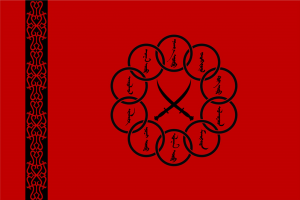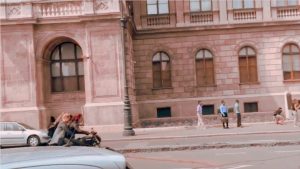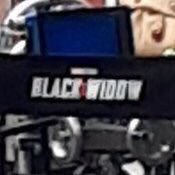I had already made up my mind to write a follow-up post to all the Spider-Man drama last night, after some new updates on a rapidly evolving story. But I was blindsided by just how dramatic some of these updates would be. Let’s dig in and discuss.
So, for all of you new to the story: last night, Sony Pictures and Disney Studios supposedly ended the deal they’ve had since 2015, whereby the character of Spider-Man is jointly owned by both companies, with creative control largely belonging to Disney (and specifically Marvel Studios), and the vast majority of box-office returns flowing straight into Sony’s treasure hoard. This apparently came about due to a disagreement over money: Disney is fed up with having to satisfy Marvel by agreeing to this deal, and so pressed Sony to allow for a 50/50 co-financing agreement, which would effectively impoverish a studio whose only big franchise is Spider-Man. Sony backed away from the new deal and took Spider-Man with them. That was how things looked at first.
Then, just after I had posted my initial response to the news, some more headlines started popping up. It was all just a false alarm, blown out of proportion: deals were apparently still ongoing: theories started emerging that it had all been a hoax, that the details had been leaked by Disney as a publicity stunt to gather support. They might have; we don’t know yet. But a closer look at those headlines revealed that they were little more than unsubstantiated rumors and speculation. But for a moment there, it looked like both sides had reached an uneasy ceasefire. Sources were saying that Sony executives were trying to reach out and explain to the press that this was all hypothetical.
That was until Sony themselves took to social media to explain what had happened, leaving no doubt that they weren’t messing around here, a deal had not been reached, talks were not ongoing, and no, Disney, you can’t have Spidey back yet. Their official statement placed the blame squarely on Disney, and characterized Marvel Studios and Marvel president Kevin Feige as the main victims of this terrible offense: “We are disappointed,” read the press release, “but respect Disney’s decision not to have [Feige] continue as a lead producer of our next live-action Spider-Man film.”
Ouch. That hurts. Especially because Feige is caught directly in the middle of this studio warfare, and is now being used by both sides to justify their actions, but has no ability to actually work out a deal on his own. And at this point, it’s become Disney’s problem just as much as it is his – Disney is currently building an entire Marvel theme park in which the main attraction will be…a Spider-Man ride. That was truly a brilliant idea, deciding to cash in on the character before even settling the question of whether they could.
The shame and blame tactics didn’t stop there, as Sony suggested that Disney would now try to pamper Feige into submission with a whole bunch of new toys obtained during the Disney/Fox merger: “We hope this might change in the future, but understand that the many new responsibilities that Disney has given him – including all their newly added Marvel properties – do not allow time for him to work on IP they do not own.”
Even The Hollywood Reporter is using the word “divorce” to describe this situation, and it’s no surprise – this whole situation sounds very hostile, and very risky. Disney can back down and allow Spider-Man to slip back into Sony’s vaults, or they can wise up and offer a more fair and balanced deal, one that doesn’t involve them stealing half the profits of a franchise that’s not actually theirs. Maybe losing some of the marketing rights to the character wouldn’t hurt either, since Disney has clearly run rampant with them. Feige can’t do much at all, and any actions he does take will look like he’s being moved around by Disney, unless he tries to negotiate a deal behind their backs – which, you know, probably isn’t a great idea. At the moment, Sony president Amy Pascal is in the position of power: she can smash a gaping hole in Marvel Cinematic Universe continuity, rob the franchise of one of its most iconic characters, and also wreck Disney’s new Marvel Land theme park.
Spider-Man star Tom Holland has been silent on the whole situation, but his Avengers co-star Jeremy Renner hasn’t, publicly stated that Sony should give back the character to Marvel, imploring the studio to remember that Spidey was Stan Lee’s favorite character. Deadpool star Ryan Reynolds, who hasn’t actually entered the MCU yet, seemed dismayed that he wouldn’t be able to join a Cinematic Universe that didn’t include the Webslinger.
If a deal is reached, it should come before Disney’s D23 event (at which they’re expected to officially announce the Marvel Land park, and possibly some upcoming Marvel movies). That’s…the day after tomorrow.
Do you think Sony and Disney will settle this dispute? Is it too late for that? Leave your thoughts in the comments below!


